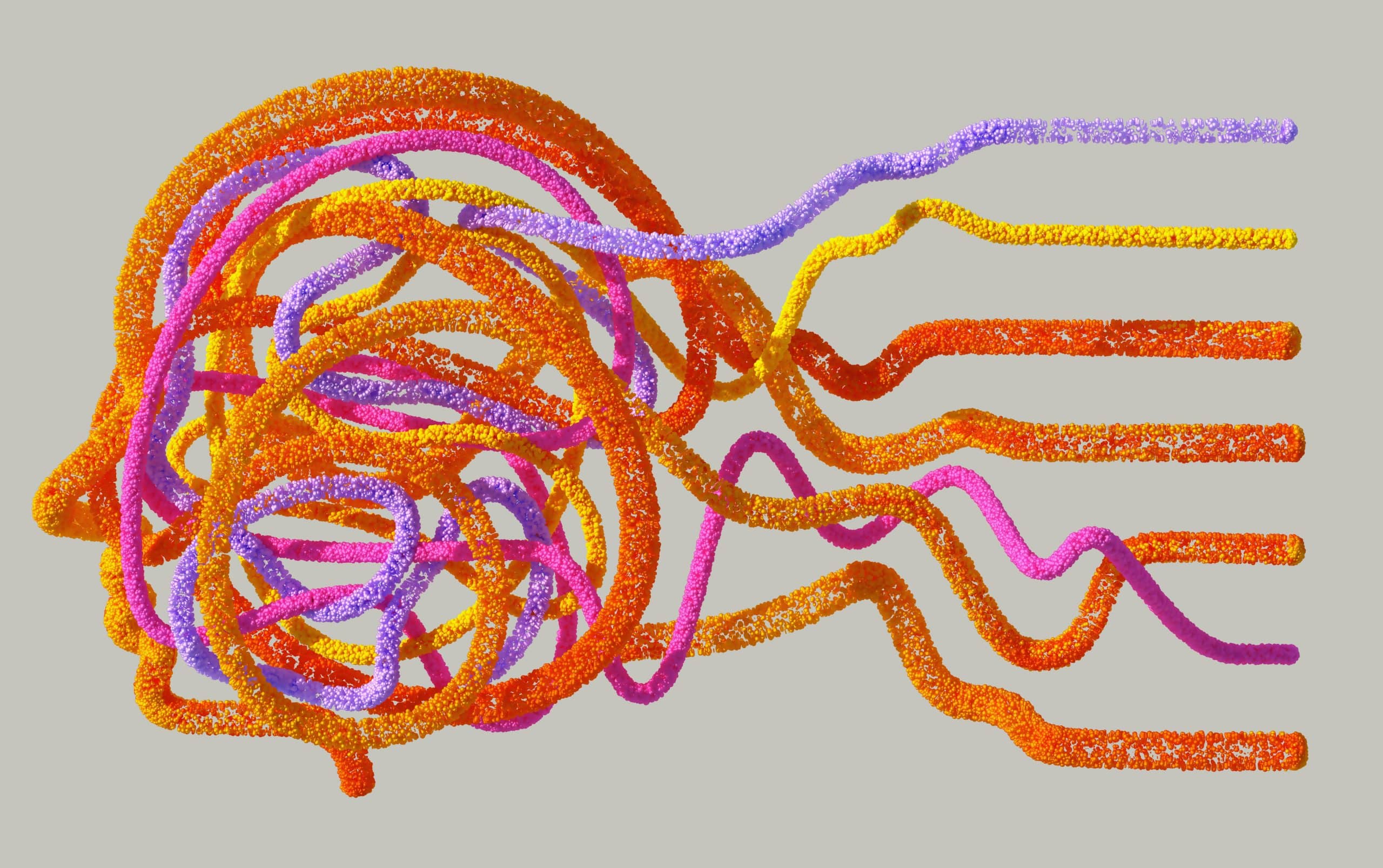We all may need strategies to ease anxiety from time to time. Life can be stressful. Anxiety can come from a variety of sources. It can be defined as uncontrollable and extreme worry. When anxiety appears, you can feel miserable, physically and/or mentally. Anxiety can also have an overall effect on your life.
There are steps, though, that you can take to ease anxiety during stressful times. Journal writing, finding enjoyable exercise, and reframing anxious thoughts are three steps to reduce anxiety. Writing in a journal can help you process your anxious thoughts. Engaging in fun exercise can stimulate happiness-inducing endorphins and help distract you. Reframing your thoughts can help you find less anxiety-inducing interpretations of situations.
A General Definition of Anxiety
The website of the Mayo Clinic Health System states that anxiety can be described as “sustained, excessive worry that a person cannot control.” The website continues that the worry from anxiety can be “related to the anticipation of a future threat, such as a traumatic event.” The Mayo Clinic explains that anxiety can “have a significant, adverse effect on daily life.” Anxiety, according to the Mayo Clinic, can create physical and emotional symptoms. The Mayo Clinic states that anxiety can have effects on work, well-being, and interpersonal connections.
While anxiety can seem unending, you can take steps to help yourself climb out of your anxious state of mind. The Mayo Clinic recommends steps you can take to ease anxiety and mitigate the effects. Three of these steps are journal writing, getting exercise, and reframing anxious thoughts. Read on to learn more about how these steps can be applied to ease anxiety.
Keep a Journal
Writing in a journal can be very helpful for mitigating anxiety. VeryWellMind states that the writing process of journaling can be cathartic. They say journaling can provide an outlet for anxiety’s “messy tangle of emotions.” It can also help provide you with insights into your anxious thoughts.
There are multiple helpful ways to write down your thoughts. VeryWellMind presents several ideas. One is to try freewriting, which involves “writing down your thoughts, whatever they may be” during a set amount of time. VeryWellMind also recommends trying writing prompts to help you generate writing. It says a writing prompt can provide “a concrete place to begin” writing.
Find Exercise You Enjoy
The Mayo Clinic states that exercise has both short-term and long-term effects that can help ease anxiety. During exercise, your body releases endorphins (chemicals in the brain that can improve your mood). Also, exercising can provide an immediate distraction from whatever is causing your anxiety. Over time, exercising can help you feel more confident. It can provide a sense of efficacy as you take action to ease your anxiety. You can even meet new people and make friends.
The Mayo Clinic has some points of advice about how to motivate yourself to exercise. Finding exercise that you enjoy can help with motivation. Finding others to exercise with you can also help keep you engaged. Also, be sure to set achievable exercise goals. Overall, knowing that exercise can be a fun way to reduce anxiety can generate enthusiasm.
Reframe Your Anxious Thoughts
On its website, the National Health Service (NHS) of the United Kingdom provides advice about how to reframe your thoughts in a way that can alleviate distress and ease your anxiety. Stressful thoughts can build on each other and affect the general outlook and interpersonal interactions. To address a thought as it occurs, the NHS recommends that you follow these steps: “Catch it, check it, change it.”
One such thought pattern that the NHS states you can apply this system to is “always expecting the worst outcome from any situation.” You can pay attention to your thoughts and “catch” such a thought whenever it appears. You can then take a step back and “check” the thought. For instance, you can consider what you would tell a friend who was thinking what you had been thinking.
Finally, you can “change” the thought by reframing it to a “neutral or more positive one.” Also, you should not worry about thoughts you are unable to reframe. An important aspect of this strategy is taking time to be aware of your thoughts. Another is practicing cognitive flexibility and finding multiple ways of looking at a situation. By working on reframing thoughts, you can help ease anxiety that stems from certain thought patterns.










